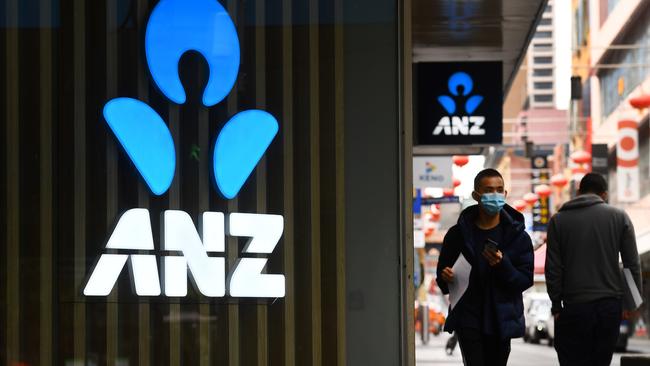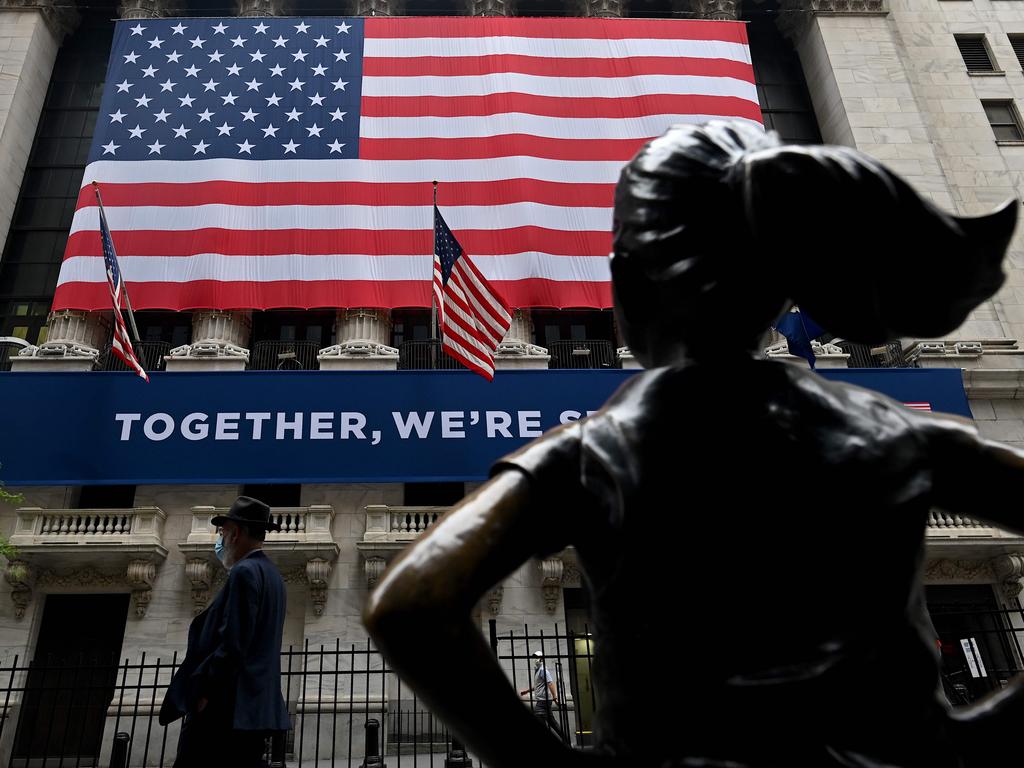ANZ’s UDC sale to Shinsei Bank comes with $3.3bn loan fund
ANZ’s sale of its UDC asset finance business in New Zealand to Shinsei Bank came with a bumper warehouse finance facility.

ANZ’s agreed $NZ762m ($712.2m) sale of its UDC asset finance business in New Zealand to Shinsei Bank quietly came with a bumper warehouse finance facility.
After fielding questions from The Australian on Monday, a bank spokesman confirmed that ANZ, Deutsche Bank and Morgan Stanley had co-arranged $NZ3.5bn ($3.3bn) in warehouse funding for UDC as part of the transaction.
The facility was set up so that any successful bidder could draw on it for writing new loans.
It is understood Shinsei’s current intention is to use a subset of the $NZ3.5bn amount, pending the deal’s finalisation and completion.
The new UDC warehouse facility was touted as among the largest in New Zealand. It comes as ANZ is hopeful its second attempt to divest the division gets the green light, after New Zealand regulators blocked a sale two years ago.
ANZ abandoned an agreed UDC divestment to China’s HNA Group in 2018, after New Zealand’s foreign investment regulator raised concerns about the buyer’s structure.
The Overseas Investment Office blocked ANZ’s UDC sale after HNA failed to provide clear information about its ownership and control interests.
The UDC divestment to Shinsei — struck at a higher price than the proposed HNA transaction — is also subject to regulatory approval. But ANZ last week said the deal’s completion was expected in the second half of the year.
The UDC transaction will provide ANZ about $439m, or 10 basis points, of level 2 group common equity tier one capital at settlement. The bank last week said the UDC divestment would deliver a net gain on the sale of $75m, but a net loss of $52m after the release of goodwill was taken into account.
UDC had net loans and advances of $NZ3.4bn as at March 31, covering areas including personal vehicle loans and finance in the agriculture, transport and storage and construction sectors. The division posted an interim net profit of $NZ24.5m.
Japan’s Shinsei Bank is a diversified group with banking and non-banking business divisions. Japanese banks have been active in mergers and acquisitions over the past 18 months as they grapple with low interest rates and unfavourable demographic trends in their home market.
Japan’s Mitsubishi UFJ Financial Group in 2019 closed the $4.1bn acquisition of Commonwealth Bank’s global asset management arm, while earlier this year Aozora Bank agreed to buy a stake in Vietnam’s Orient Commercial Joint Stock Bank.
Goldman Sachs analyst Andrew Lyons last week said that, although he did not have a view on the completion of the UDC deal this time round, he was positive on the capital boost it would provide ANZ.
“The proposed sale is consistent with ANZ’s strategy of simplifying its business and the capital and funding release is of merit as it would further strengthen ANZ’s overall balance sheet position,” he said.
“At this stage we make no adjustments to our ANZ earnings, pending final settlement.”
Goldman has a buy recommendation on ANZ and an $18 target price over 12 months.
ANZ shares closed 2.9 per cent higher at $19.77 on Friday, after UBS analyst Jonathan Mott upgraded the bank’s rivals Westpac and National Australia Bank to a buy rating. He said the outlook for banks, and their expected credit losses, “may not be as bleak” as initially feared. ANZ and Westpac are Mr Mott’s preferred major banks respectively, followed by NAB and CBA.








To join the conversation, please log in. Don't have an account? Register
Join the conversation, you are commenting as Logout